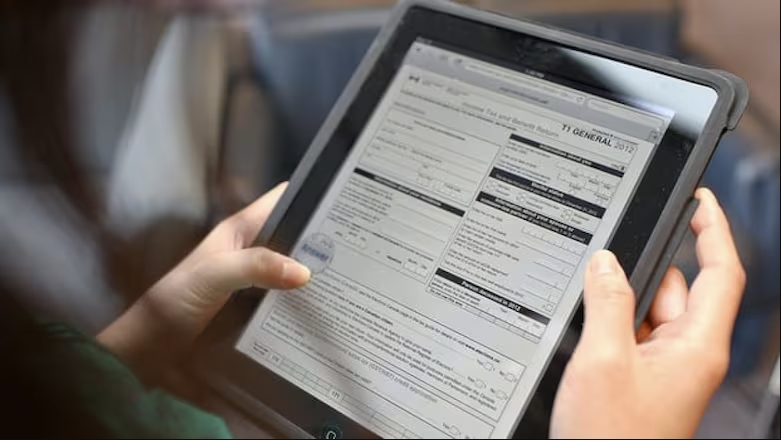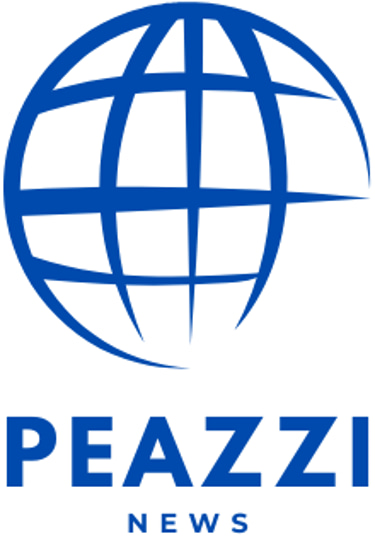Feds Repurpose Old Tax Filing Program After Promising New 'Automatic' Service
Liam O'Connell
1/2/20252 min read


In 2024, the federal government committed to launching a new automatic tax filing system aimed at helping low-income Canadians access unclaimed benefits. However, instead of creating a new system, the Canada Revenue Agency (CRA) expanded its existing SimpleFile program — a service that had seen little uptake in previous years.
The SimpleFile program sends invitations to select low-income Canadians, allowing them to file their taxes by answering a brief questionnaire over the phone. This year, the CRA announced an expansion to include digital and paper options, but early indications suggest these options are barely being used.
Uptake Remains Low
Data from 2023 revealed that of the 118,000 people invited to use SimpleFile, just 35,000 filed their taxes. Of these, only 260 used the digital option, and 350 used the paper option — less than 2% of those who filed.
The CRA said it measures success by the number of people who file, regardless of the method used, but experts argue the program's design is failing its intended audience.
Barriers to Participation
Elizabeth Mulholland, CEO of Prosper Canada, said many low-income Canadians are wary of CRA correspondence, often associating it with bad news or scams.
"We know that many people with low incomes are afraid to open correspondence from CRA," Mulholland said. "Their view is it's generally bad news, so they try to avoid it."
Jennifer Robson, an associate professor at Carleton University, suggested that making free electronic tax filing directly available on the CRA website, similar to systems in the U.S., could help address these challenges.
Comparison to Other Countries
Countries like the United Kingdom and New Zealand already have automatic filing systems for those with simple tax situations. These systems file basic returns automatically and allow taxpayers to correct inaccuracies if needed.
Mulholland said Canada is far from implementing similar functionality. "I think it's good to have [SimpleFile] in the toolkit ... but it's not enough to help the people we're focused on."
Private Sector Steps In
The Parliamentary Budget Officer (PBO) found that 46% of SimpleFile participants turned to private tax preparers instead of the government’s free service. This likely resulted in low-income individuals paying for services they could have accessed for free.
"If you're standing back and thinking about this from the side of individual taxpayers, particularly those in lower and modest income, it's definitely defeating the purpose," Robson said.
The Path Ahead
The government announced plans in its fall economic statement to draft legislation for a true automatic tax filing system. Both Robson and Mulholland believe this step could make a difference, but progress remains slow.
"I'm not saying that this is simple to resolve," Robson said. "But the progress has been fairly slow and quite modest."
Missed Potential
The PBO estimates that a robust automatic filing system could see between $1.6 billion and $1.8 billion in unclaimed benefits flow to Canadians in need — a figure that highlights the stakes of getting it right.
News
Stay updated with the latest BC news stories, subscribe to our newsletter today.
SUBSCRIBE
© 2025 Innovatory Labs Inc.. All rights reserved.
LINKS
